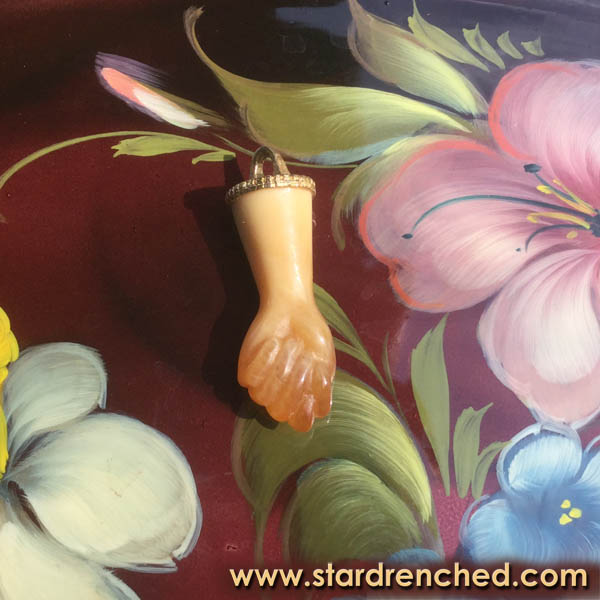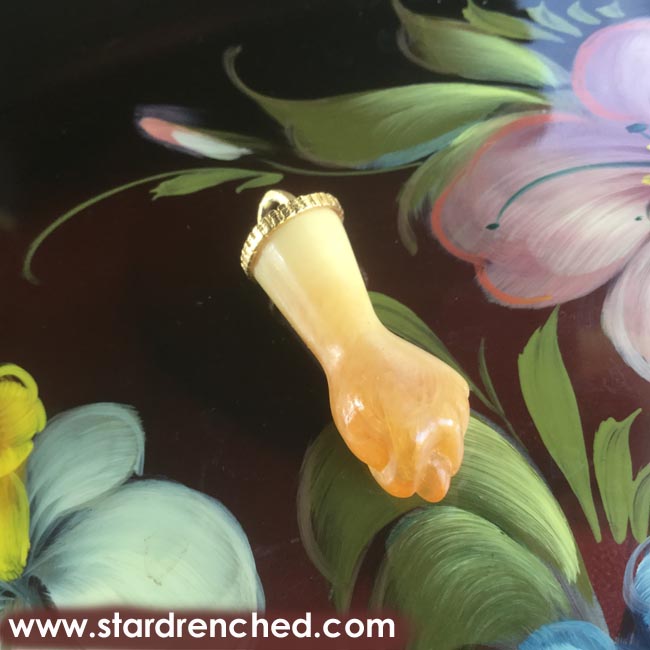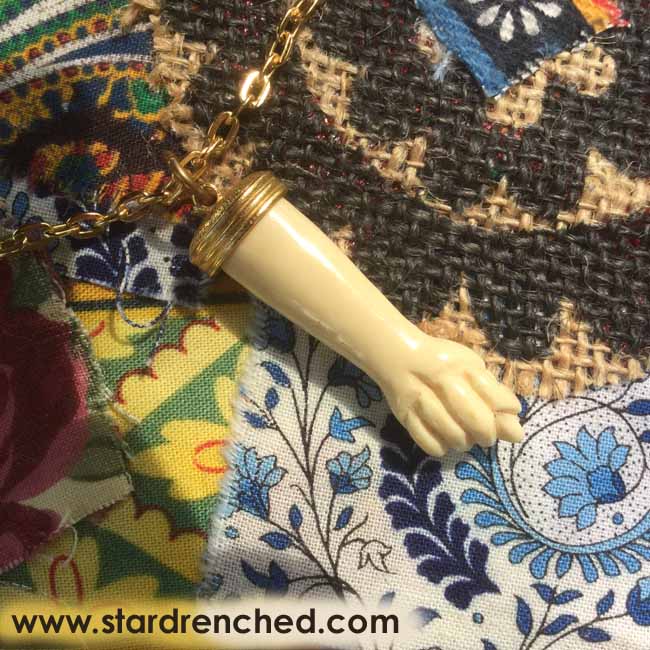Chaos, Dragons, and the Magna Mater
Fey Mysteries
 Chaos has been vilified throughout human history. Yet it is from chaos that all creation comes.
Chaos has been vilified throughout human history. Yet it is from chaos that all creation comes.
The Bible lied when it said God spoke into the chaos—the darkness—to create the cosmos. No mere word created us or anything else. The chaos, which is often called darkness, is both darkness and light, and is the Great Mother Goddess—the Magna Mater. She, with Her fertile chaos body, gave birth to all existence.
Note my last sentence: She, with Her fertile chaos body, gave birth to all existence. Usually creation myths refer to the darkness and chaos as passive, not active participants in creation. I worded my sentence carefully. She, with Her fertile chaos body, gave birth to all existence. How different that is from the myth of Tiamat as the supposedly demonic dragon who was primordial chaos and killed by Marduk, who then divided her body to create the universe, part of her body making the heavens and part of her body making the earth.
The implications of that myth have led to one nightmare after another for humankind.
 Affirmation: I will not be cleaved in two. I remain whole. I recognize the loving chaos and loving darkness within me. I refuse to bow to misrepresentations of them. I see within myself both my loving darkness and loving light. Each day, I know in myself the Dragon, Great Mother Goddess, the Magna Mater, Who loves all of existence and all humankind. I serve Her throughout my day by doing what I love and by lovingly serving all I encounter. With my fertile chaos dragon body, I can birth all existence; I have the power to manifest my heart’s desires.
Affirmation: I will not be cleaved in two. I remain whole. I recognize the loving chaos and loving darkness within me. I refuse to bow to misrepresentations of them. I see within myself both my loving darkness and loving light. Each day, I know in myself the Dragon, Great Mother Goddess, the Magna Mater, Who loves all of existence and all humankind. I serve Her throughout my day by doing what I love and by lovingly serving all I encounter. With my fertile chaos dragon body, I can birth all existence; I have the power to manifest my heart’s desires.
 The implications of the Biblical myth that God spoke into the chaos—the darkness—to create the cosmos have led to one nightmare after another for humankind.
The implications of the Biblical myth that God spoke into the chaos—the darkness—to create the cosmos have led to one nightmare after another for humankind.
No, no mere word created us. That was a lie so that we’d succumb to oppressors’ words and fear Her Divine chaos. The oppressors’ priests wanted to rip us from our own fertility and the magic to create our own worlds.
If there was a word, it was a poem, a chant, a magical spell, a cry of exultation, a cry of purest joy, a cry of purest love, from the Goddess and God, as They made love in the process of existence coming into being. No almighty God condescendingly divided light from darkness. No no no. The Magna Mater drew the light from Her own body. That light is Her Son Whom She loves. Unlike the God of the Bible, She does not distain Her other half.
 Chaos still reigns today, beneficent, though we divide it into hours and moments, schedules and goals, as if the weave of life was like a weaving on a human’s loom—line after parallel line laid out precisely, everything organized in a linear manner like a grid. No, chaos—Goddess—weaves every which way, and yet the garment She weaves is a life that fits us more perfectly than the most carefully woven garment we ourselves could make, a life more beautiful than any we ourselves could weave.
Chaos still reigns today, beneficent, though we divide it into hours and moments, schedules and goals, as if the weave of life was like a weaving on a human’s loom—line after parallel line laid out precisely, everything organized in a linear manner like a grid. No, chaos—Goddess—weaves every which way, and yet the garment She weaves is a life that fits us more perfectly than the most carefully woven garment we ourselves could make, a life more beautiful than any we ourselves could weave.
Through generations and lifetimes, society’s weaving of lies and suppression have robbed witches of their immersion in and trust of chaos. From chaos, that dark matter where there is also light, comes our magic.
 My worldview—the world I just spelled out—underlies my teachings.
My worldview—the world I just spelled out—underlies my teachings.
Dragons are descendants of the original chaos. My worldview helps reveal the hidden underpinnings of draconian magic.
An attribution regarding my remark “The Magna Mater drew the light from Her own body. That light is Her Son Whom She loves.” In the book, Aradia, Gospel of the Witches, the Goddess draws the light from Herself and sees it as Her brother, with whom She falls in love. It is a beautiful myth that you might want to read. I also need to give another reference: in that myth, the Goddess and God make love to create the cosmos, and it is a magical spell.
Dear reader, my above essay is in a course I teach called Dragon Magic and in my course about a Faerie Shaman oracle deck I created. To be kept abreast of upcoming classes, Fey freebies, and other offerings, click the banner below:





